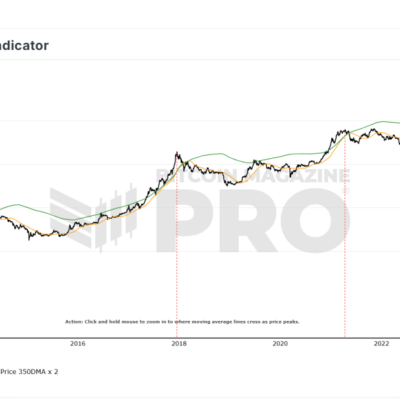Media personality Wendy Williams, 59, was diagnosed with frontotemporal dementia (FTD) and primary progressive aphasia (PPA) last year, her team announced today.
While the former syndicated talk show host of “The Wendy Williams Show” has been open with fans about living with Graves’ disease, an autoimmune disorder that can cause an overactive thyroid, and lymphedema, the build-up of fluid in soft body tissues, Williams’ latest diagnoses come on the heels of “inaccurate and hurtful rumors about her health,” her representatives said in a statement.
“Over the past few years, questions have been raised at times about Wendy’s ability to process information,” the statement read. “Many have speculated about Wendy’s condition, particularly when she began to lose words, act erratically at times, and have difficulty understanding financial transactions.”
The news release calls for more empathy for people with aphasia and dementia, who particularly face stigma ahead of a diagnosis. Actor Bruce Willis was diagnosed with aphasia in 2022 and FTD in 2023.
Williams’ team didn’t specify when in 2023 she received these diagnoses, but applauded the work of specialists at Weill Cornell Medicine in New York City.
“Wendy is still able to do many things for herself,” the statement read. “Most importantly, she maintains her trademark sense of humor and is receiving the care she requires to make sure she is protected and that her needs are addressed.”
News of Williams’ condition comes two days before the premiere of “Where is Wendy Williams?” on Lifetime. The four-episode series is scheduled to air Feb. 24-25 and includes coverage of her mental and physical health issues.
Kateryna Kon/Science Photo Library—Getty Images
What is frontotemporal dementia?
FTD is a progressive disorder caused by damaged neurons in the frontal and temporal lobes of the brain. FTD is rare, according to the National Institute on Aging, tending to occur at a younger age than other forms of dementia. Adults between the ages of 45-64 account for about 60% of people with FTD.
According to the institute, FTD symptoms can include:
- Difficulty walking
- Difficulty with work
- Emotional problems
- Trouble communicating
- Unusual behaviors
No treatments or cure is available for FTD, but patients’ symptoms may be managed. The lifespan of a person living with the disease is difficult to predict, ranging from fewer than two years after diagnosis to more than 10 years, per the NIA.
What is primary progressive aphasia?
PPA is caused by the deterioration of brain tissue critical to speech and language, according to the National Aphasia Association. The syndrome is triggered by neurodegenerative diseases like FTD.
There are different initial stages of PPA including fluent aphasia, in which a person shows an increased word production rate, and non-fluent aphasia, in which a person speaks fewer words than normal.
Almost all people with PPA become unable to speak or understand spoken or written language, even when their behavior appears otherwise normal, the NAA says. Speech-language pathologists may be able to help patients manage symptoms and develop new communication strategies, as no cure exists.
For more on aphasia and dementia:
Subscribe to Well Adjusted, our newsletter full of simple strategies to work smarter and live better, from the Fortune Well team. Sign up for free today.




